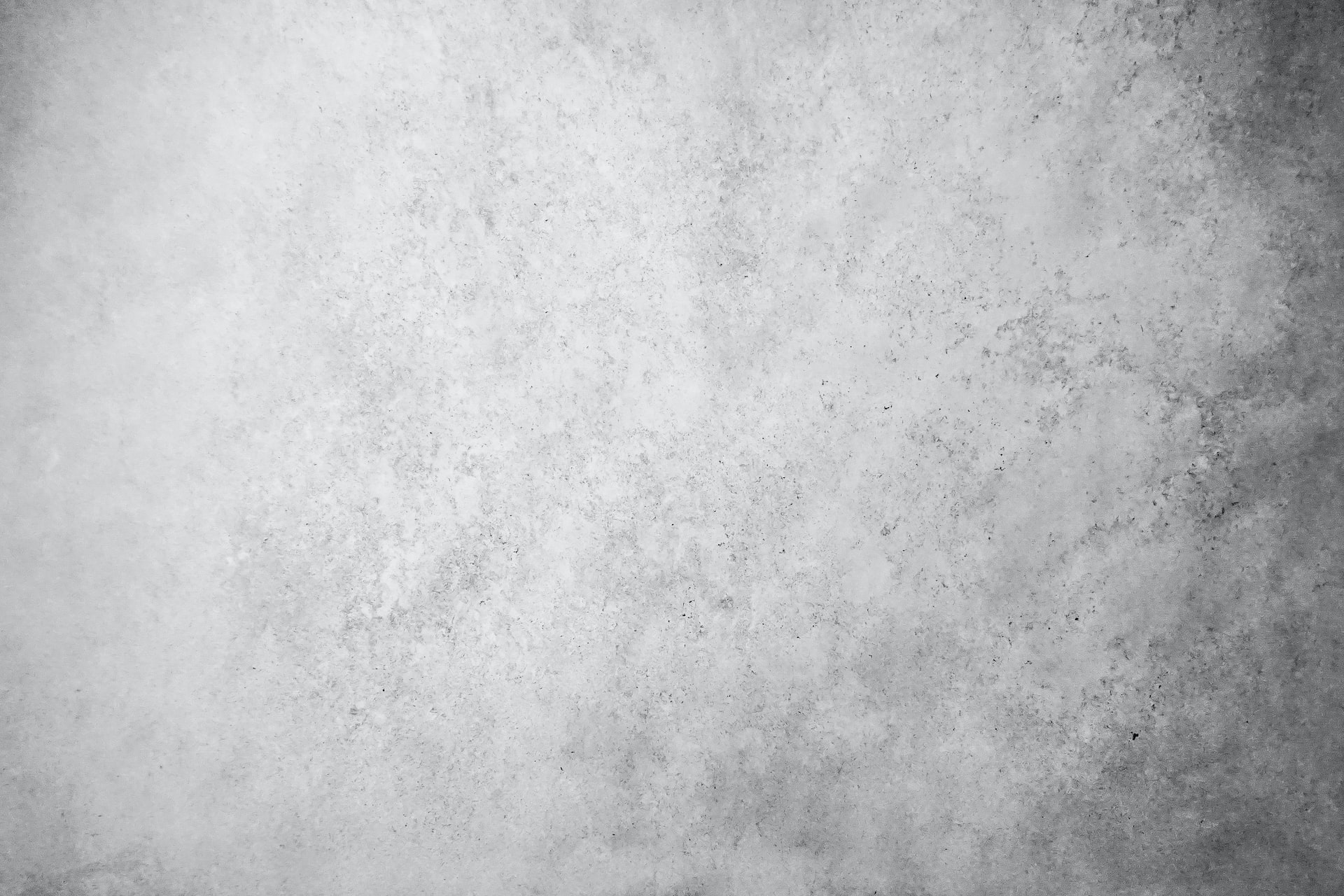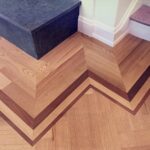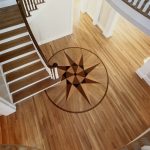Everyone loves beautiful hardwood flooring; how could you not? With such a wide variety of wood species to choose from, custom wood floors can add warmth, color, personality, and timeless appeal to your space, not to mention they can dramatically increase your home’s value. But hardwood floor installation is a calculated and tactful project, which is especially true if you’re trying to install hardwood flooring on concrete.
So, how do you install hardwood floors over concrete? Is it even possible to install hardwood flooring on concrete? Let’s explore this question a little further.
Hardwood Flooring on Concrete – What is a Subfloor?
Concrete layers can be treated as a subfloor: a base for your custom flooring to go on top of, and there are three mediums builders use for subfloors:
-
Plywood Subfloors
Plywood is an affordable, durable subflooring material that many installers prefer because of how easily it can conform to a room’s shape. You’ll typically see plywood subfloors on the upper levels of a home because of the durable and lightweight nature of the wood. Many homeowners will use plywood subflooring for carpeted floors since carpet easily tacks down to the plywood.
-
Wood Plank Subfloors
Solid wood plank subfloors are durable, breathable, and lightweight but less easy to install than plywood. Older homes with carpeted floors usually have wood plank subfloors, as wood plank subfloors were more common in the installation before the wider adoption of plywood.
-
Concrete Subfloors
Concrete subfloors are almost exclusively used at the home’s lowest point since they are heavy and are the foundation for the rest of the construction above. If you’ve ever been in an unfinished basement, you’ve probably seen a concrete subfloor.
Learn About Our Dustless Floor Sanding and Dustless Floor Refinishing Techniques
Preparing a Concrete Subfloor
While installing hardwood flooring over a concrete subfloor is possible and commonly done, installers must do preparation first.
One of the downsides to concrete subflooring is that it can attract and hold in moisture, meaning that without proper drainage, you’ll end up with rotting wood and moldy floors. To avoid this, ensure the space has proper aeration and place a moisture-resistant layer between your concrete and wood. Polyethylene sheets are a common choice for a protective barrier.
Since concrete is very hard, you’ll need a softer layer to ensure that you’re able to mount your hardwood to the subfloor. Traditional hardwood floors require nails to tack them down, and concrete isn’t the best medium for that process– installing a middle plywood layer to act as a cushion for the nails is necessary.
Don’t Attempt Installation Without Experienced Professionals
No matter what you choose for your new flooring, it’s best to leave it to the professionals– improper preparation and installation can lead to serious damage to your home or even potential injuries.
JJ Hardwood Flooring has been operating in the greater Boston area for decades. We have the knowledge, expertise, and experience to install/restore flooring you’ll be happy with for decades to come.
Contact us today.







